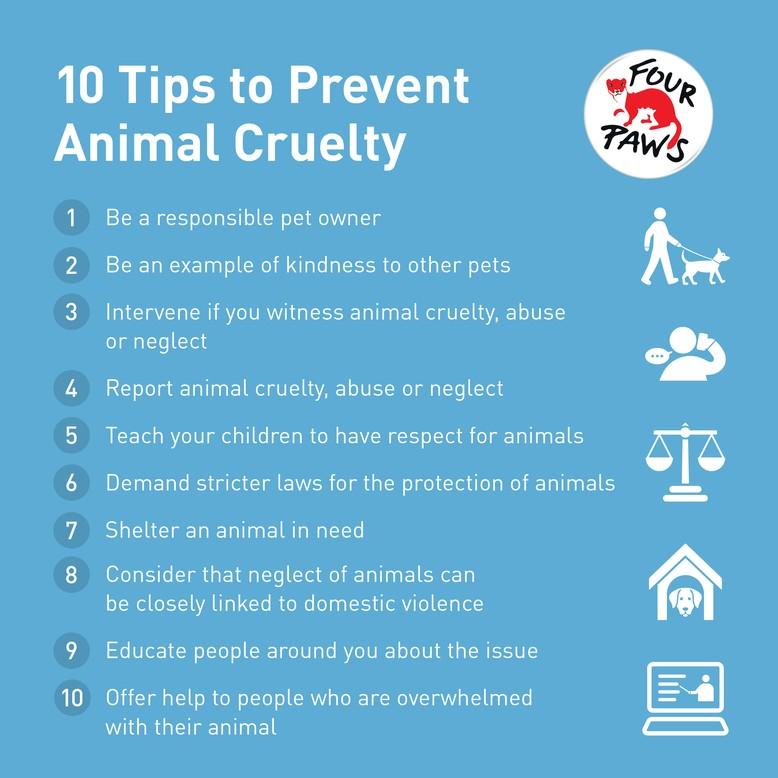Animal cruelty is a pervasive issue, entrenched in the fabric of societies across the globe. Its manifestations are as varied as they are distressing, ranging from neglect and abuse in domestic settings to the exploitation of wildlife. To combat this insidious threat, coordinated global actions are essential. Through collective efforts, we can dismantle structures that permit cruelty to flourish and foster a culture of respect and compassion for all living beings.
One of the most efficacious strategies in the fight against animal cruelty is the implementation of robust legislation. Legal frameworks serve as a fundamental deterrent to potential offenders. Countries with stringent animal welfare laws often experience reduced incidence of cruelty. For instance, nations such as Germany and Switzerland enforce rigorous standards concerning the treatment of animals. These laws mandate humane conditions for pets, livestock, and wildlife, encompassing aspects like confinement, feeding practices, and medical care. Countries aiming to enhance their legislative approaches can take cues from these examples and strive to enact comprehensive yet sensible regulations that protect animals.
Education plays a pivotal role in mitigating animal cruelty. Awareness campaigns aimed at instilling empathy and understanding towards animals can significantly shift public perception. Initiatives in schools that emphasize compassion and responsible pet ownership are invaluable. Programs teaching children about the needs of animals foster an early appreciation of their welfare. Furthermore, community workshops can provide adults with the necessary knowledge to identify and report instances of cruelty. These educational endeavors, when tailored to resonate with diverse demographics, can galvanize the public to take a stand against animal maltreatment.
Activism, both on a grassroots level and through larger organizations, mobilizes communities to advocate for animal rights. Global entities, such as the World Animal Protection, leverage their reach to prompt action across borders. Campaigns can range from organized protests to digital outreach—inclusive strategies that engage individuals from all walks of life. Social media has emerged as an indispensable tool in these campaigns, enabling activists to share stories, raise awareness, and encourage participation swiftly. By utilizing engaging multimedia content, these initiatives can spark a dialogue about the abhorrent realities many animals face and the steps individuals can take to effectuate change.
Engagement in consumer behavior can transform the animal welfare landscape. As more individuals advocate for ethical treatment, products derived from cruelty-free sources gain traction. Consumers have unprecedented power; their purchasing decisions can pressure companies to revise their practices. The rise of certifications such as “Cruelty-Free” or “Animal Welfare Approved” is a testament to this shift. Encouraging the adoption of humane business practices can lead to widespread positive change. By embracing this consumer consciousness, individuals support business models that prioritize animal welfare, accentuating the need for ethical consumption.
Moreover, collaboration with veterinarians is critical in addressing animal cruelty. Vets not only provide essential medical care but also serve as frontline witnesses to the effects of cruelty. Their professional insights can inform legislative efforts and community initiatives. Training veterinarians to recognize signs of cruelty and empowering them to act as advocates can bolster fight against this issue. For instance, veterinary clinics can form alliances with animal welfare organizations to offer discounted services for rescues, which directly impacts the lives of vulnerable animals.
The importance of animals in research must also be acknowledged. The scientific community is increasingly aware of ethical concerns surrounding animal experimentation. Encouraging the development and adoption of alternative testing methods, such as in vitro testing or computer modeling, can reduce the reliance on animals in research. This transition not only prevents unnecessary suffering but also propels innovation in the scientific realm. A collaborative global effort to promote these methodologies is essential, ensuring that progress does not come at the expense of sentient beings.
International collaborations and treaties are instrumental in crafting unified approaches to combat animal cruelty. The Convention on International Trade in Endangered Species of Wild Fauna and Flora (CITES) exemplifies how nations can come together to protect wildlife from exploitation. Similar frameworks addressing domestic animals, such as those advocating for better conditions in agriculture, can be established. By fostering international dialogue and cooperation, countries can share successful practices, learn from one another, and create cohesive standards that transcend borders, thereby empowering global action against animal cruelty.
Local shelters and rescue organizations are at the forefront of the battle against animal cruelty. They not only provide sanctuary for abused and abandoned animals but also engage in outreach programs aimed at educating the public. Supporting these organizations through donations, volunteering, or fostering animals is crucial. Their work is tireless and often reliant on community support, and fostering a connection with these groups can amplify efforts to combat cruelty in one’s neighborhood.
Lastly, the role of proper reporting mechanisms cannot be overstated. Establishing clear and accessible channels for reporting animal cruelty incidents is vital. Many individuals encounter cruelty but may feel uncertain about what steps to take. Promoting hotlines and online platforms where people can report suspicions swiftly and confidentially can lead to more timely interventions. Law enforcement agencies must also be trained to respond effectively, ensuring that reports lead to tangible outcomes.
In conclusion, the multifaceted challenge of animal cruelty demands a comprehensive and collaborative approach. By combining legislative action, education, activism, ethical consumption, veterinary collaboration, international cooperation, grassroots support, and efficient reporting systems, society can forge a future in which animals are treated with the dignity and compassion they deserve. The journey to eradicate animal cruelty is undoubtedly arduous, yet through concerted global action, it is achievable. Each step taken in this direction signifies a momentous leap towards a more humane world.








